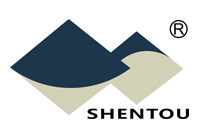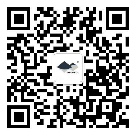CHINA AUTOMOTIVE SUPPLIER QUALITY MANAGEMENT BRIEFING
12/06/2019
Vol. 3, No. 12, December 2019

① QUALITY CHALLENGES & SOLUTIONS WITH YOUR SUPPLIERS IN CHINA
How to verify the validity and conformity of measuring instruments when inspecting suppliers (III)
 Things to watch for when inspecting or auditing the supplier’s measuring instruments:
Things to watch for when inspecting or auditing the supplier’s measuring instruments:
First, check whether the supplier has established a list of measuring instruments, and whether the list clearly defines information such as the names, manufacturers, calibration dates, next calibration dates, calibrators and calibration types of the measuring instruments.
Representative measuring instruments can be selected on site according to the production characteristics of the supplier. Take the brake disc manufacturer as an example, it is recommended to check the following:
●Length measuring instruments: vernier caliper, micrometer, CMC, etc.
●Precision measuring instruments: ring gage, plug gage, thread gage etc.
●Mechanical measuring instruments: tensile testing machine, hardness testing machine etc.
●Thermometric measuring instruments: thermometer etc.
●Other measuring instruments: metallurgical analyzer, spectrum analyzer etc.
These and other measuring instruments that are in use or not in use should be checked for the periodic calibration green labels or with other identical labels to prove whether they have been calibrated and met the requirements, whether the numbering of the measuring instruments are consistent with those in the list, whether the calibration dates are in line with the next calibration time and whether the internal calibration personnel are qualified, etc.
Check the validity of the external calibration reports: whether the external calibration reports provided by the supplier are by third-party testing agencies with qualification certificates attached.
The temperature of measuring room is also critical. Normally the temperature should be set at 20+/-5°C, and the humidity should be at 60+/-25%RH. Check also the records of temperature measuring.
Calibration of gauges:
● Check if the list of self-made gauges and special gauges clearly include information such as the name, number, manufacturing date, verification date, calibration date, next calibration date, calibrator, and calibration type of the gauges.
● Check whether the verification records and methods of self-made gauges are in conformity with requirements.
● Whether the purchased calibration parts or calibration blocks of special gauges have been tested by qualified third-party testing agencies.
● Whether the regulations on gauge maintenance and life management have been established.
By Felix SS YUAN
② CRITICAL FAILURE MODES / QUALITY CONTROL POINTS IN FOCUS
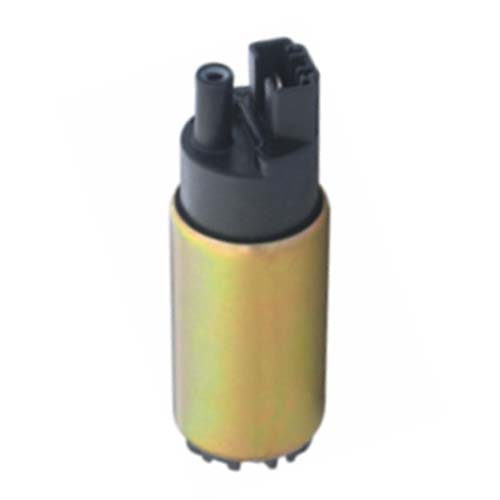
Fuel Pump
The fuel pump assembly is composed of fuel pump, bracket, fuel level sensor and fuel pressure regulator. Its primary function is to provide sufficient fuel pressure and supply for the fuel system, so as to provide fuel for the start-up and regular operation of the engine.
As the core component of the fuel pump assembly, the fuel pump works to suck the fuel out of the fuel tank, pressurize the fuel and then deliver it to the fuel supply pipe. As the fuel pump must be immersed in the fuel to facilitate heat dissipation, a minimum volume of fuel should be kept in the tank whenever possible during the operation of the vehicle so as to avoid damage or accident caused by overheating of the fuel pump.
Primary failure modes:
A. Failure to start up: Loose plug, short circuited, poor contacting or fuel burning out causing the fuel pump to stop supplying fuel.
B. Difficult to start up: Malfunction of the one-way valve or the blockage of the filter screen result in lack of residual pressure or insufficient pressure in the circuit.
C. Poor acceleration performance: Excessive wear of the fuel pump results in leakage of the safety valve or one-way valve, causing reduction of pumped fuel and insufficient pressure.
D. Engine idling or unstable driving: Clogged filter screen or excessive wear results in insufficient fuel supply.
E. Failure of high-speed driving: Clogged filter screen and circuit, excessive wear of the fuel pump and failure of the safety valve lead to insufficient fuel supply and pressure.
Inspection of the finished products:
● The product appearance has no deformation and free of corrosion.
● The connection joint of fuel pipe shall be smooth and without burr.
● No damage in the circuit and the connectors are in good condition with complete fittings.
● Check whether the fuel level sensor rises and falls smoothly in the fuel pump assembly.
● If possible, undertake resistance inspection and fuel pump power-on test. Testing should be executed under fuel immersion to avoid fuel pump burn-out.
By Carlos WJ LIN
③ KEY CONCEPTS & PRACTICES IN SUPPLIER QUALITY MANAGEMENT
Acceptance Quality Level (AQL)
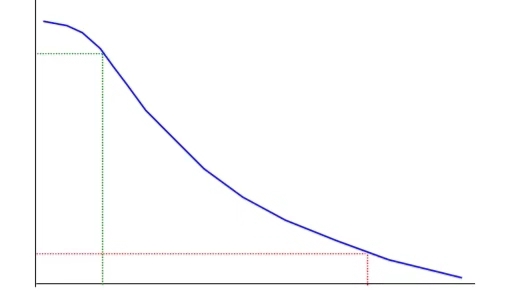
When a buyer inspects a factory to check the products the factory has produced for him, or upon the goods arrival in the buyer’s warehouse the goods need to be inspected, an Acceptance Quality Level (AQL) should be used to determine how many samples should be picked and inspected (unless of course the goods need to 100% inspected) and where is the limit between acceptability and refusal when defective products are found.
AQL is defined as the “quality level that is the worst tolerable” in ISO 2859-1. It represents the maximum number of defective parts, beyond which the batch should be rejected. Different AQLs could be set for defects that are classified as critical, major, and minor.
Companies can use their own AQL charts or use the China National Standard GB2828-87 to determine the appropriate values.
④ CHINA INDUSTRY & MARKET UPDATE
Cost of raw materials:
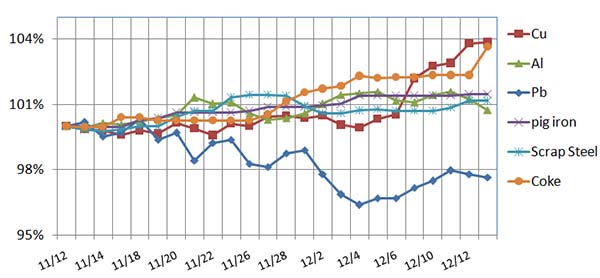
Exchange rates:
![]() USD/RMB: 1:7.0238
USD/RMB: 1:7.0238
![]() EUR/RMB: 1:7.7779
EUR/RMB: 1:7.7779
![]() RUB/RMB: 1:0.1112
RUB/RMB: 1:0.1112
December 2019
The above information is for reference only
⑤ IT HELPS TO KNOW...
With this December issue, we have come to the end of a challenging yet exciting 2019.
There has been some serious air pollution recently in the central part of China. The environmental authorities are now closely monitoring the situation and ready to take whatever actions necessary to combat the latest challenges. There are sporadic cases of production delays in certain areas but mostly the situation is normal.
The most important 2020 Chinese holiday of the Spring Festival comes early this time. The Chinese New Year of 2020 starts on 24th January, so the usual, almost month-long, holiday disruptions to business will also come early. For all international buyers who rely on supply chains in China, it is already time to start planning for early ordering, production and shipment.
We are most grateful to all of our readers whose support has kept us going since early 2017. We have now put together a summery version of the key parts of the Newsletter from the first issue in March of 2017. If anyone wants to get a PDF copy of the compilation, please send emails to qms@shentou.com.
Your feedback and advice are always important to us. We look forward to hearing from you about your experience with quality issues in China and what you’d like to read more in 2020.
Happy Holidays!

SHENTOU SUPPLY CHAIN MANAGEMENT CO. LTD. is a Shenzhen, China, based company serving international automotive clients in the implementation of their China strategies and programs. CHINA AUTOMOTIVE SUPPLIER QUALITY MANAGEMENT BRIEFING is a bi-monthly newsletter published by Shentou to address the specific and unique quality challenges and concerns international automotive companies face with suppliers in China. Comments are welcome at qms@shentou.com. Click here to subscribe.
